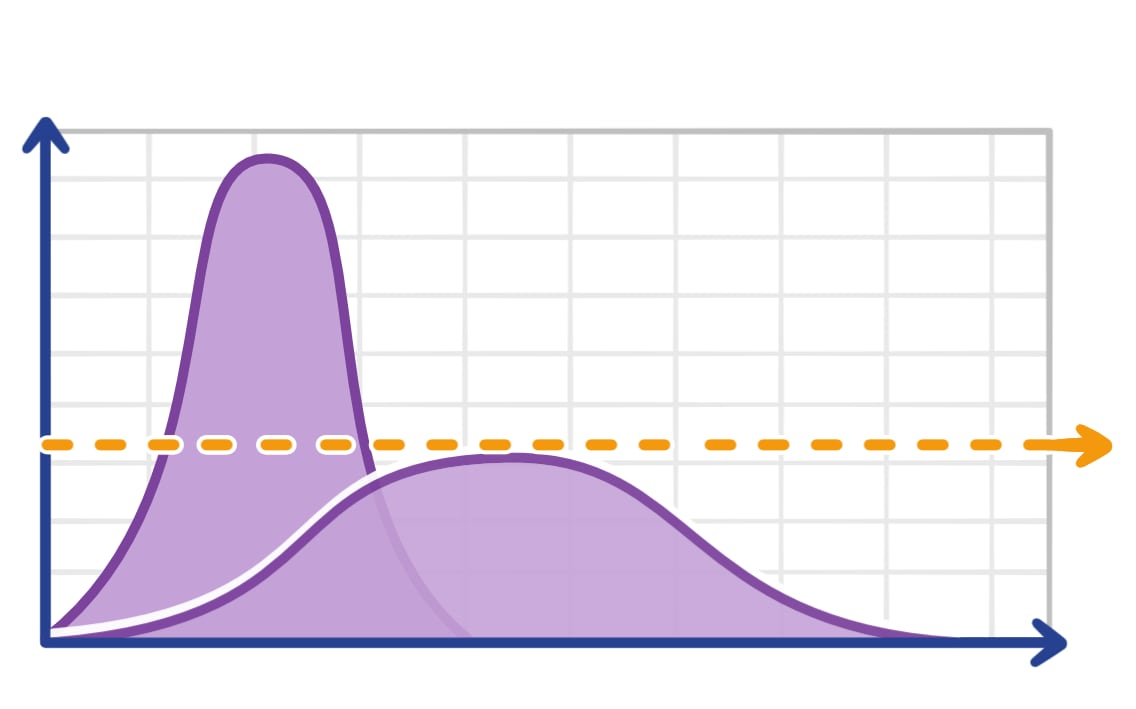
How are public health data visualized?

In module 5, students discover the important information that data visualizations, such as epidemic (or epi) curves, convey about disease spread. Students use surveillance data to create epi curves, identify patterns that reveal likely transmission modes, and make recommendations for prevention strategies to reduce the spread of disease. Students also learn what it takes to pursue a public health career as a health communication specialist.
This video introduces students to the concepts they will be exploring in CDC NERD Academy Module 5: How are public health data visualized? This video explains how public health experts use data visualizations like epidemic curves, or epi curves for short, to illustrate data in a way that is easier for people to understand. Students learn about four types of patterns they may see in epi curves and what each one means about an outbreak. After this video, students will be able to answer the question, “How are public health data visualized?” and they will be ready to participate in an activity and group discussion about data visualization and epi curves.
This instructional video guides educators through the activities of Module 5: How are public health data visualized? The video provides a brief explanation of what students will learn in this Module, including how to use data to create epi curves and how to interpret epi curve patterns, and tells educators how to organize their classroom, group students, and prepare handouts for student participation in the learning activity. This video explains how to assist students with completing their data visualization activity and provides suggested timing for the activity, guidance for class discussion, and tips for success.
A health communication specialist creates communication strategies, messages, and products to educate the public on health issues and recommendations. They translate technical information into messages and visuals that communicate culturally relevant, timely, and actionable information.
- Watch the videos below to bring a real CDC health communication specialist into your classroom. Share the links with students and encourage them to watch with family and share with friends.
- Download the poster below and display it in the classroom for reference and discussion when you talk about a career as a health communication specialist.
Hear from Federico, a real health communication specialist at CDC, as he describes what he does, what he studied in school, and the skills he uses in his daily work.
Hear from Federico, a real health communication specialist at CDC, as he describes his career path and how he works with other STEM professionals to help people stay healthy.
To learn about the other careers featured in NERD Academy, visit the collection of public health career spotlights.
To learn more about public health STEM careers at CDC, encourage students to visit See Yourself in a Public Health Career.
